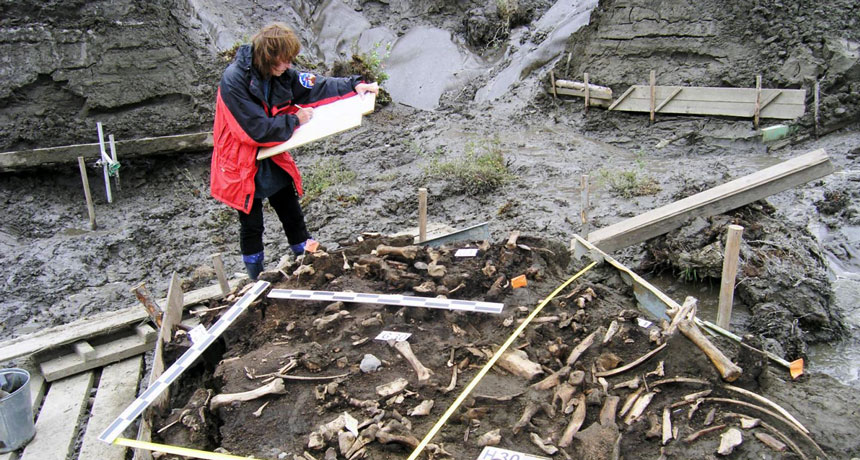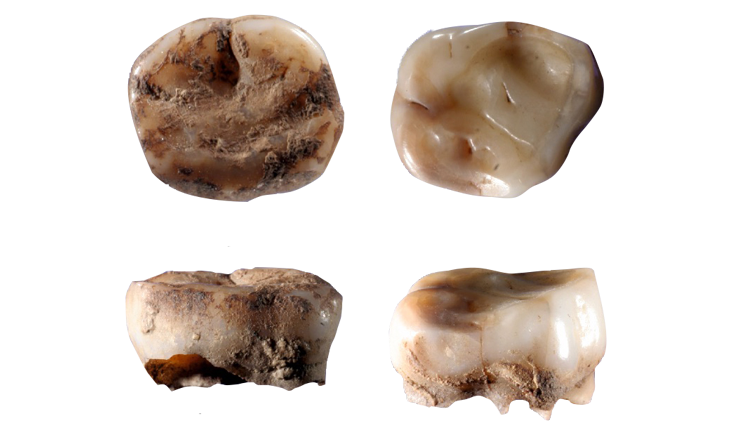climate The weather conditions that typically exist in one area, in general, or over a long period.
DNA (short for deoxyribonucleic acid) A long, double-stranded and spiral-shaped molecule inside most living cells that carries genetic instructions. It is built on a backbone of phosphorus, oxygen, and carbon atoms. In all living things, from plants and animals to microbes, these instructions tell cells which molecules to make.
evolutionary An adjective that refers to changes that occur within a species over time as it adapts to its environment. Such evolutionary changes usually reflect genetic variation and natural selection, which leave a new type of organism better suited for its environment than its ancestors. The newer type is not necessarily more “advanced,” just better adapted to the conditions in which it developed.
gene (adj. genetic) A segment of DNA that codes, or holds instructions, for a cell’s production of a protein. Offspring inherit genes from their parents. Genes influence how an organism looks and behaves.
ice age Earth has experienced at least five major ice ages, which are prolonged periods of unusually cold weather experienced by much of the planet. During that time, which can last hundreds to thousands of years, glaciers and ice sheets expand in size and depth. The most recent ice age peaked 21,500 years ago, but continued until about 13,000 years ago.
land bridge A narrow region of land linking two large masses of land. In prehistoric times, a major land bridge connected Asia and North America across the Bering Strait. Scientists believe early humans and other animals used it to migrate between the continents.
migration (v. migrate) Movement from one region or habitat to another, especially regularly (and according to the seasons) or to cope with some driving force (such as climate or war). An individual that makes this move is known as a migrant.
native Associated with a particular location; native plants and animals have been found in a particular location since recorded history began.
Native Americans Tribal peoples that settled North America. In the United States, they are also known as Indians. In Canada they tend to be referred to as First Nations.
online (n.) On the internet. (adj.) A term for what can be found or accessed on the internet.
population (in biology) A group of individuals from the same species that lives in the same area.
sea An ocean (or region that is part of an ocean). Unlike lakes and streams, seawater — or ocean water — is salty.
Siberia A region in northern Asia, almost all of which falls within Russia. This land takes its name from the language of the Tatar people, where Siber means sleeping land. This region is vast. It has become famous for its long, harsh winters, where temperatures can fall to −68° Celsius (−90° Fahrenheit).









